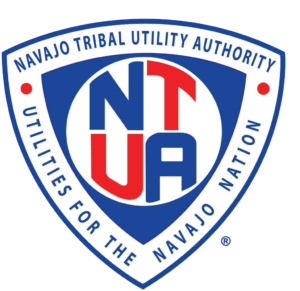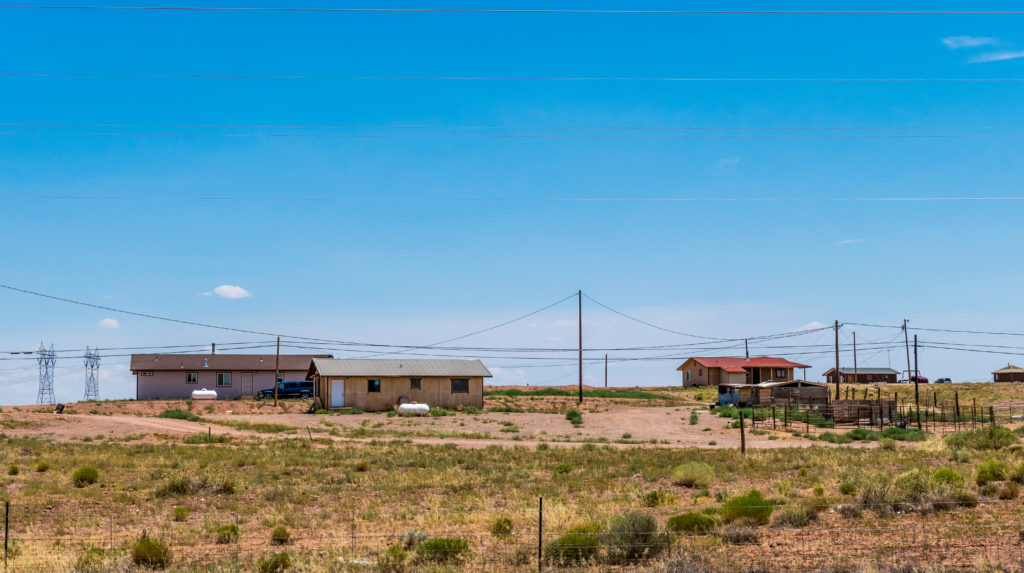Connecting Navajo Nation citizens through the internet to combat COVID-19
The Navajo Nation covers over 27,000 square miles in northeastern Arizona, southeastern Utah, and northwestern New Mexico. Much of this area is underserved when it comes to internet access, but reliable broadband is critical to accessing social services, education, and telemedicine. The Navajo Tribal Utility Authority (NTUA) is tasked with providing access to water, gas, communication, electricity, and, in recent years, telecommunications to meet the growing needs of the Navajo people.

Piloting connectivity projects based on greatest need
In 2018, the Microsoft Community Broadband program partnered with the NTUA to help address the Navajo Nation’s lack of access to the internet and supply connectivity to five chapter houses (chapters are similar to counties, with offiicial tribal leadership delegates). These five houses were identified to be a part of a pilot project to gauge the potential benefit and adoption of added internet connectivity. “On the Navajo Nation, there are areas with the most need and we approached a cross section of communities in all three states. These five chapters were most receptive to a pilot project because they wanted internet connectivity for their communities,” said Monroe Keedo, an NTUA engineer, who helped to organize the project. “They understood how the internet would be a benefit for their residents. For example, they wouldn’t have to drive over 100 miles one way just to renew their vehicle registrations or apply for online classes.” NTUA and the Microsoft Community Broadband team worked together to connect internet and create computer labs with donated equipment at these five chapters. Although the chapters had limited technical expertise or technical backgrounds in operating and maintaining a lab, they embraced the offer and made it work in their community to make the pilot project a success. “At one time, broadband connectivity was virtually nonexistent here. There was a huge void and that’s the primary reason why NTUA took this path. We wanted to provide that connectivity to families throughout the region,” says Deenise Becenti, NTUA Public Affairs Manager.
In 2019, based on the success of the pilot project, NTUA planned to expand its broadband infrastructure to 50 additional communities; Microsoft contributed $250,000 to help cover 10 percent of the infrastructure costs associated with these deployments. Over the course of the year, the team put together legislation that required the support of the Navajo Nation Council, which would have provided connectivity to nearly 50 percent of the Nation’s chapter houses. However, citing other Navajo Nation needs, the Council did not pass the legislation to move forward with the additional deployments.
“Microsoft, thank you stepping up to the plate. This impacts our community tremendously and it’s a huge help. Thank you!”Jennifer White
Then, in 2020, the Navajo Nation was disproportionately affected by COVID-19, and the vicious virus significantly changed priorities. With a lack of access to sufficient health care, multiple generations often living together in the same household, and upward of 30 percent of the population without running water, the Navajo Nation surpassed New York state with the highest infection rate in the United States.
To meet that challenge, Microsoft partnered with the NTUA and NTUA Choice Wireless in reprioritizing the original broadband funding to high-need users with the hope it would reduce some of the inequities this community is experiencing.
About 1,000 homes were connected to internet service with a Wi-Fi unit and will have their service costs covered for several months; this work was key to ensuring continuity of telemedicine and education for Nation residents and students that had to return home once their schools closed. This connectivity is key moving forward, as the new school year begins with virtual learning; students with reliable internet connections have a key advantage and won’t face a disruption in learning. For now, the scope of the work is clear and the partnership is solid, with a plan to continue meeting demand going forward.

“Tremendous thank you to Microsoft, because I couldn’t do much teaching over the summer with where I live [without internet]. Much gratitude to Microsoft for helping us teachers out.”Patricia Claw-Tsosie

